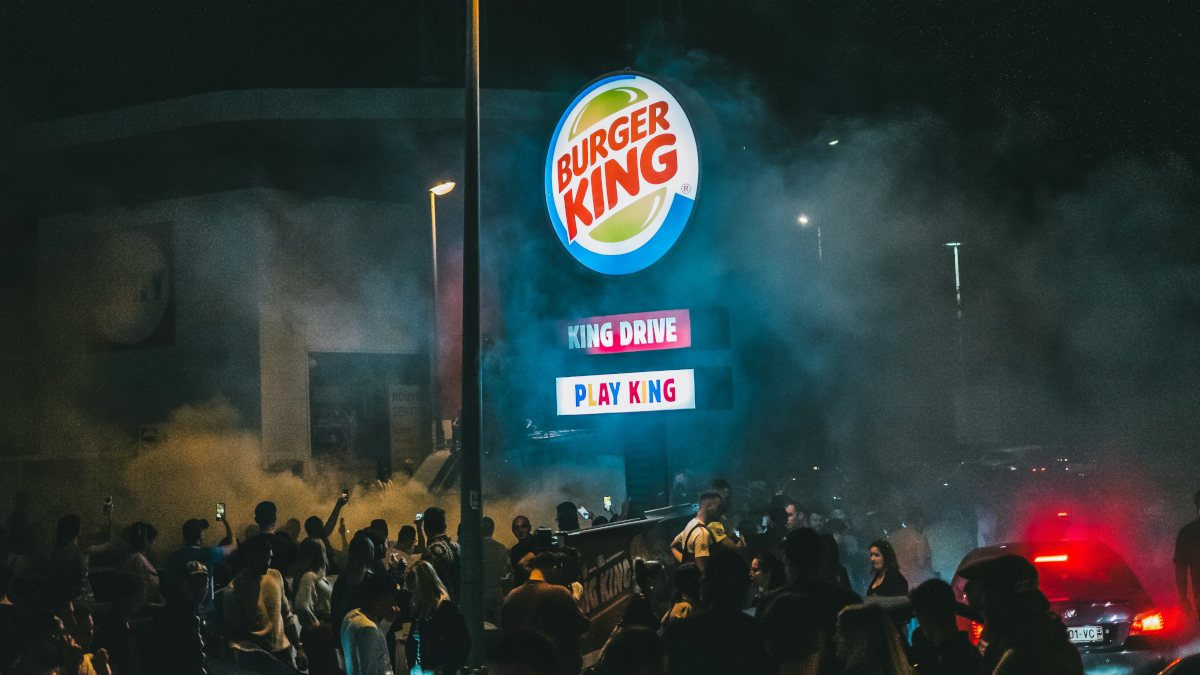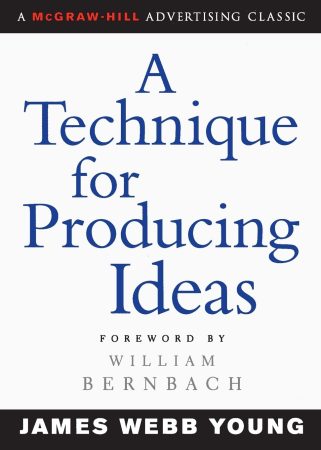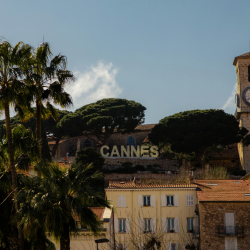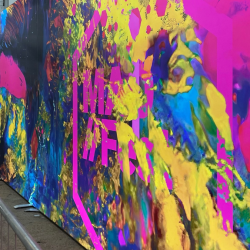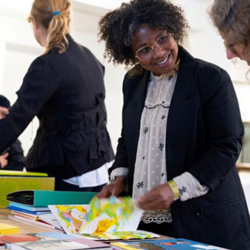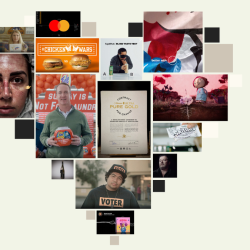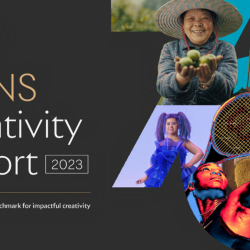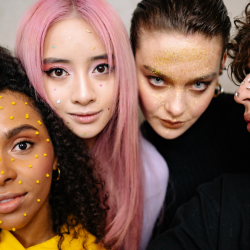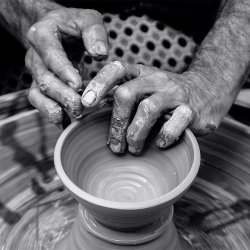According to a study conducted by a recruitment agency in the UK, more than half of employees in the creative industry say they are not receiving the pay they deserve. I’m sure you share similar sentiments: creativity is not given the value it deserves! Creativity is inherently subjective, and like everything subjective, the value of a creative idea is somewhat speculative. The value placed on your creative idea by others is directly proportional to their valuation of creativity, and this is open to debate.
From mad men to sad men
If you watched Mad Men (2007-2015), you were probably captivated by their glamorous lifestyle. Until 2000s, creatives in many countries, while perhaps not as extravagant as the Mad Men characters, still lived quite comfortably. So, what happened? Why aren’t creatives earning as much as they used to?
In search of creative marginal utility
You probably know Adam Smith, the father of modern economics. While many of his theories have been debunked over time, some still hold true when it comes to explaining our economic behaviour. One of those is the Diamond-Water Paradox. The Diamond-Water Paradox rationalises the contradictory situation where diamonds, which are not essential for survival, are valued much higher than water, which is vital for life. Smith explains it like this: The total utility of water is undoubtedly very high because water is essential for life. On the other hand, the total utility of diamonds isn’t nearly as high, since we can easily live without them. Since water is abundant in nature, you don’t have to work very hard to get it, but diamonds are much rarer in nature, so you have to put more effort into getting them. The marginal utility (the additional satisfaction or value gained from consuming one more unit of a product) of water decreases over time. The benefit you get from the first glass of water is not the same as the benefit from the fourth. Imagine you’re extremely thirsty and drinking glass after glass of water. At some point, you’d stop drinking. But diamonds don’t work that way. Think of people who collect watches. They start with one, then continue adding more to their collection. They take great pleasure in expanding their collection, and for many, it’s never-ending.
Just like with every product in economics, the value of creativity can also be tied to the factors explained by this paradox.
The value of creativity for brands has been debated for a long time. With the diversification of media channels, the quantity of creative ideas has become more important than their quality. Marketers now prioritise the total utility of an advertising campaign over its marginal utility. Achieving sufficient GRPs and frequency has become the campaign goal. Creativity in advertising is no longer seen as a goal in itself. In fact, for many marketers, trying something novel (or in other words, untested) has turned into a risk. As a result, marketers are more willing to pay extra for increased frequency rather than take on the risk of creativity (i.e., creative marginal utility).
As reported by Adam Morgan from eatbigfish and Jon Evans from System1 in their Cannes Lions session, The Extraordinary Cost of Dull, dull advertising costs brands an average of £10m annually in the UK. And many marketers, make no mistake, willingly bear this cost. Because we no longer talk about the marginal utility of creativity as much. Instead, we focus on AI, performance marketing or influencer marketing.
Moreover, by claiming that everyone can be creative, we devalue the marginal utility of creativity ourselves. The creative marginal utility begins when a brand experiences both intrinsic and extrinsic satisfaction from creativity. In other words, once a brand crosses the creativity threshold, it desires to become even more creative.
Let me illustrate this with a chart shared by Fernando Machado during a Cannes Lions session a few years ago.
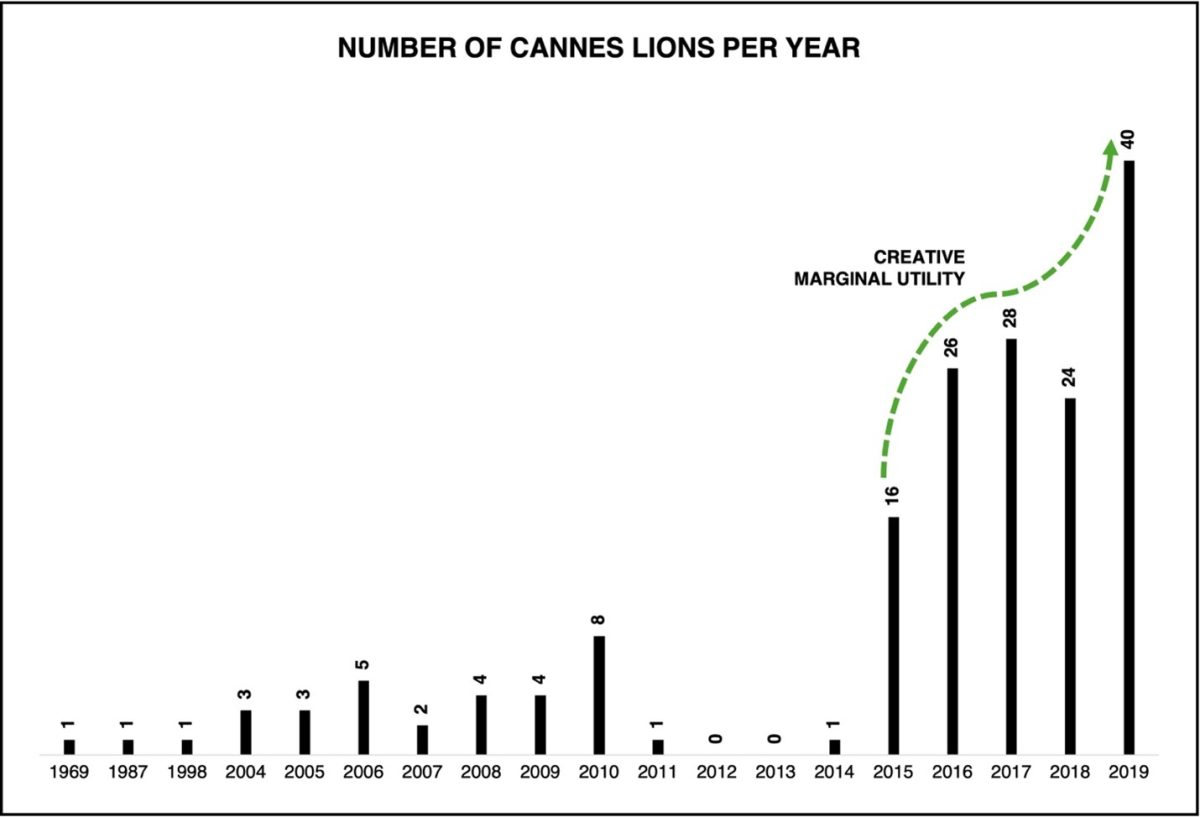
As you can see in the chart, Burger King had little presence at Cannes for many years. Although there was some movement between 2004 and 2010, the brand did not cross the creativity threshold. However, after 2014, the situation changed. The momentum between 2016 and 2017 can be seen as an example of creative marginal utility. After experiencing both the intrinsic and extrinsic satisfactions of creativity, the brand’s additional satisfaction from creativity increased, leading to a higher demand for creativity.
Machado spoke about his journey in creating creative marginal utility (though he didn’t name it explicitly) at Cannes Lions last year: ‘I believe the biggest barrier to consistently producing creative work is not the budget, the agency or the marketing team’s willingness, but rather convincing organisations to commit to doing great creative work.’
Machado is not entirely wrong in this regard. As mentioned in a joint session by WARC and IPA at Cannes Lions that same year, only 12% of CMOs believe they can convince their CFOs to invest in creativity.
So how did Machado overcome this barrier? According to Machado, you first need to meet the top management’s short-term goals to create space for creativity. Then link each success you achieve to your strategy. Set measurable, clear objectives for yourself, and gradually bring on board people who believe in the value of creativity. If we want to enhance the value of creativity, we need to focus more on the creative marginal utility of the ideas we produce. So, how can we achieve this? I’ll answer with three Cs: Confidence, Clarity, Consistency.
Confidence
Everyone can be creative, right? Many flashy creativity presentations start like this. The presenter is likely an experienced creative professional. Anyway, let me answer: No, it’s not possible. At least, recent research published by neuroscientists suggests that this humble acceptance in the creative industry may not reflect the truth.
Can creativity be learned? Scientists respond with a ‘to some extent’. Recent scientific studies suggest that the notion ‘one isn’t made creative, one is born creative’ might be more valid than we previously thought. For instance, research conducted by David Dunson from Duke University and Daniele Durante from the University of Padova in 2017, found that brains that are better at making connections are more creative, and the proportion of people with such creative brains in the general population is quite low.
You might recall James Webb Young’s definition of ideas from his 1960 book, A Technique for Producing Ideas, where he quoted Pareto. ‘An idea is nothing more or less than a new combination of old elements.’ In other words, creativity is the ability to make previously unthought-of connections between known elements. This is why having a connected brain makes you creative, and being creative makes you a rare individual. If you’ve managed to survive in the highly competitive creative industry and even earned a few awards, it means you have a creative brain.
Clarity
To distinguish yourself from the intense competition in the creative industry and to be rare, you need to make your value proposition to your clients ‘single-minded.’ The creative industry is constantly creating new trends. A few years ago, we were talking about the metaverse. Today, the topic is artificial intelligence. Instead of shaping your approach according to trends, you need to define a clear niche for yourself. Trends are on everyone’s radar, and with today’s technology, everyone can quickly adapt to these trends. Therefore, finding a clear differentiator (competitive edge) is essential. To achieve this, you need to answer these three questions honestly: (1) What is the most important expectation of the creative industry (from the client perspective)? (2) What am I good at? And, (3) what am I passionately committed to? The answer to the last question is particularly critical. It’s essential to be passionate about your chosen area to ensure its sustainability.
Your answers to these three questions will lead you to your personal brand purpose. If you can find a niche for your creativity and execute it in a unique way, this will make you a rare creative individual.
Consistency
Achieving creative marginal utility relies on consistency. What sets today’s frequently mentioned creative professionals apart from the rest is their ability to consistently apply their chosen method. Fernando Machado exemplifies this on the other side of the table, in marketing. He has managed marketing for many different brands across various categories. Yet in every new role you could see Machado’s distinctive approach. At Burger King he broke the rules of the QSR category, turning the mouldy appearance of a Whopper into an advertising asset. Today, at NotCo, he is transforming the plant-based food sector. Anselmo Ramos, within a few years, turned Gut into one of the most successful agencies in the world. He owes this success to his consistent approach to his works.
Trends can sometimes distract you. There might be topics you feel excluded from simply because they are popular. You might experience a form of FOMO, and that’s perfectly natural. If you’ve chosen a niche you believe in, you need to proceed from there. However, this should not be seen as resisting innovation.
Many prominent journalists today are not writing for newspapers. Many are on YouTube or Instagram. However, they haven’t abandoned the methods that made them powerful journalists. That’s why they often have more successful YouTube channels than the younger colleagues who are more adept with social media. What will lead you to marginal utility is consistency. Until you cross the threshold, you must persist on the path you know to be right. Trust in creativity, trust in your creativity. Don’t worry, creativity will eventually get the recognition it deserves.
Featured image: Alexis AMZ DA CRUZ / Unsplash




















